Home>Home Appliances>Heating & Cooling>What Temperature Should Central Heating Boiler Be Set
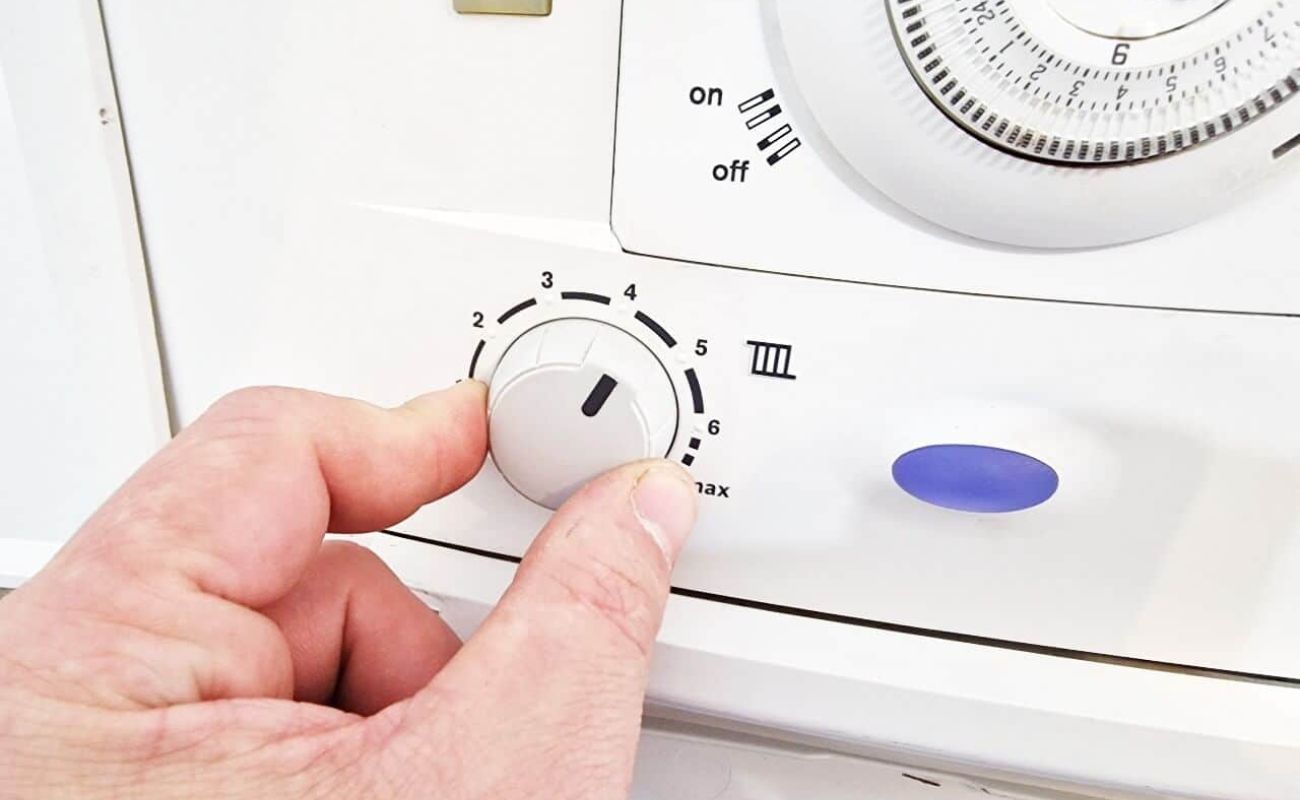

Heating & Cooling
What Temperature Should Central Heating Boiler Be Set
Modified: August 16, 2024
Find out the ideal temperature for your central heating boiler to ensure efficient heating and cooling. Learn how to set the perfect temperature for optimal comfort and energy savings.
(Many of the links in this article redirect to a specific reviewed product. Your purchase of these products through affiliate links helps to generate commission for Storables.com, at no extra cost. Learn more)
Introduction
Setting the right temperature for your central heating boiler is crucial for maintaining a comfortable and cozy indoor environment. Whether you're looking to optimize energy efficiency, ensure consistent warmth, or simply create a pleasant atmosphere, understanding the ideal temperature settings for your boiler is essential. By delving into the factors that influence these settings and exploring the impact on energy consumption, you can make informed decisions that align with your heating and cooling needs. Let's delve into the intricacies of central heating boiler temperature settings and uncover the key considerations for achieving an optimal balance between comfort and efficiency.
Key Takeaways:
- Find the Right Balance
Consider climate, insulation, and personal preferences when setting your central heating boiler temperature. Aim for 68-72°F (20-22°C) for comfort, and lower it by 7-10°F (4-6°C) during unoccupied times for energy savings. - Embrace Energy Efficiency
Program your thermostat, upgrade insulation, and maintain your boiler to save energy and reduce heating costs. By making small adjustments and considering your household’s needs, you can achieve a cozy and eco-friendly home.
Factors to Consider
When determining the temperature for your central heating boiler, several factors come into play, each influencing the overall comfort and efficiency of your heating system. Understanding these factors is crucial for making informed decisions that cater to your specific heating needs. Here are the key considerations to keep in mind:
-
Climate and Season: The climate in which you reside plays a significant role in setting the ideal boiler temperature. Colder regions may require higher settings to combat the chilly weather, while milder climates may necessitate lower temperatures. Additionally, seasonal variations should be taken into account, as the temperature requirements often differ between winter and summer.
-
Insulation and Draughts: The level of insulation in your home and the presence of draughts can impact the effectiveness of your heating system. Well-insulated homes may retain heat more efficiently, allowing for lower boiler temperatures. Conversely, properties with poor insulation or draughty areas may require higher settings to compensate for heat loss.
-
Occupancy Patterns: Consider the typical occupancy patterns in your home. If the property is frequently occupied, maintaining a consistent temperature throughout the day may be a priority. On the other hand, if the property is unoccupied for extended periods, adjusting the temperature during these times can lead to energy savings.
-
Personal Comfort Preferences: Individual comfort preferences vary, and it's essential to find a temperature that suits the occupants of the home. While some may prefer a warmer environment, others may be comfortable at slightly lower temperatures. Understanding the comfort preferences of the household members is crucial in determining the optimal boiler settings.
-
Health Considerations: Certain health conditions may necessitate specific temperature requirements. For instance, individuals with respiratory issues may benefit from a slightly warmer indoor environment to alleviate symptoms. Considering the health needs of the occupants is vital when setting the boiler temperature.
-
Energy Efficiency Goals: Striking a balance between comfort and energy efficiency is a key consideration. Lowering the boiler temperature can lead to energy savings, but it's important to find a setting that doesn't compromise comfort. Assessing your energy efficiency goals and exploring ways to optimize heating without excessive energy consumption is essential.
By taking these factors into account, you can make well-informed decisions regarding the temperature settings for your central heating boiler, ensuring a comfortable and efficient heating experience tailored to your specific requirements.
Recommended Temperature Settings
Setting the recommended temperature for your central heating boiler is pivotal in maintaining a comfortable and energy-efficient indoor environment. While individual preferences and specific circumstances may vary, there are general guidelines to consider when determining the ideal boiler temperature. These recommendations aim to strike a balance between comfort, energy efficiency, and overall well-being.
During the colder months, a common recommendation is to set the boiler temperature to around 68-72 degrees Fahrenheit (20-22 degrees Celsius) for occupied spaces. This range provides a comfortable level of warmth while minimizing energy consumption. However, it's important to adjust the temperature based on personal preferences and the factors mentioned earlier, such as climate, insulation, and health considerations.
For unoccupied periods or nighttime, lowering the temperature by a few degrees can lead to significant energy savings without sacrificing comfort. A reduction of 7-10 degrees Fahrenheit (4-6 degrees Celsius) during these times is often recommended. This practice aligns with energy-efficient strategies and can contribute to cost savings on heating bills.
It's worth noting that these temperature recommendations serve as a starting point, and adjustments may be necessary based on individual circumstances. Some individuals may find that a slightly higher or lower temperature better suits their comfort needs, while others may prioritize energy conservation and opt for slightly lower settings.
Moreover, programmable thermostats offer a convenient solution for managing temperature settings throughout the day. These devices allow for automated adjustments, enabling the temperature to be lowered during periods of absence and raised before occupants return, optimizing both comfort and energy efficiency.
By adhering to these recommended temperature settings and considering individual preferences and specific environmental factors, you can achieve a harmonious balance between comfort and energy efficiency in your home. It's essential to assess the unique requirements of your household and make informed decisions that cater to your heating needs while promoting a sustainable and comfortable living environment.
Energy Efficiency Considerations
When it comes to optimizing the energy efficiency of your central heating system, several key considerations come into play. By focusing on energy-efficient practices, you can minimize heat loss, reduce energy consumption, and lower heating costs while maintaining a comfortable indoor environment. Understanding and implementing these energy efficiency considerations is essential for promoting sustainable heating practices and minimizing environmental impact.
Thermostat Programming
One of the most effective ways to enhance energy efficiency is through the strategic programming of your thermostat. By utilizing a programmable thermostat, you can schedule temperature adjustments based on occupancy patterns and daily routines. This allows for the automatic lowering of the temperature during periods of absence, such as when occupants are at work or asleep, and raising it before their return. This practice not only conserves energy but also ensures that comfort is maintained when needed, striking a balance between energy efficiency and optimal warmth.
Zoning Systems
Implementing zoning systems within your home can significantly contribute to energy efficiency. Zoning allows for the independent control of heating in different areas or rooms, enabling occupants to adjust the temperature based on specific usage and occupancy. By heating only the occupied zones, unnecessary energy consumption in unoccupied areas is minimized, leading to substantial energy savings. Zoning systems offer a tailored approach to heating, ensuring that energy is directed where it's needed most, thereby promoting efficient heating practices.
Regular Maintenance
Regular maintenance of your central heating system is paramount for maximizing energy efficiency. Ensuring that the boiler, radiators, and associated components are well-maintained and free from issues such as airlocks and blockages can optimize the system's performance. Additionally, bleeding radiators to release trapped air and maintaining proper water pressure can enhance the efficiency of the heating system, allowing for consistent and efficient heat distribution throughout the property.
Insulation Upgrades
Investing in adequate insulation for your home can significantly impact energy efficiency. Proper insulation minimizes heat loss, allowing the property to retain warmth more effectively and reducing the workload on the central heating system. By insulating walls, floors, and attics, as well as addressing draughts and leaks, you can create a more energy-efficient living space, leading to reduced heating demands and lower energy costs.
Efficient Boiler Operation
Optimizing the operation of your central heating boiler is crucial for energy efficiency. Ensuring that the boiler is serviced regularly, operating at the recommended pressure, and functioning at peak efficiency can lead to significant energy savings. Additionally, considering the potential benefits of upgrading to a more energy-efficient boiler model, such as a condensing boiler, can further enhance the overall energy efficiency of the heating system.
By incorporating these energy efficiency considerations into your heating practices, you can promote sustainable and cost-effective heating while minimizing energy consumption. These measures not only contribute to lower heating bills but also align with environmentally conscious practices, making a positive impact on both your household budget and the planet.
Read more: What Is Central Heating
Adjusting the Boiler Temperature
Adjusting the temperature of your central heating boiler is a fundamental aspect of maintaining a comfortable and energy-efficient indoor environment. Whether you're seeking to fine-tune the warmth in your home, optimize energy consumption, or accommodate changing weather conditions, understanding the process of adjusting the boiler temperature is essential. By following a few simple steps and considering key factors, you can effectively tailor the temperature settings to align with your specific heating needs.
To begin, it's important to locate the boiler's thermostat, which controls the temperature of the water circulating through the heating system. The thermostat is typically located on the boiler unit or may be integrated into a separate control panel. Once you have located the thermostat, you can proceed with adjusting the boiler temperature based on the following considerations:
-
Assess Current Settings: Before making any adjustments, take note of the current temperature setting on the thermostat. This provides a reference point for any changes you intend to make and allows you to track the impact of adjustments on the overall heating performance.
-
Consider External Factors: Take into account external factors that may influence the need for temperature adjustments. For instance, changes in weather patterns, variations in occupancy, or specific comfort requirements may prompt the need for a shift in the boiler temperature.
-
Gradual Adjustments: When altering the boiler temperature, it's advisable to make gradual adjustments to gauge the impact on comfort and energy consumption. Small incremental changes, such as adjusting the temperature by a degree or two, allow for a measured approach to finding the optimal setting.
-
Observe Heating Performance: After making adjustments, observe the heating performance to assess the impact on indoor comfort. Pay attention to how the adjusted temperature affects the warmth in different areas of the property and whether it aligns with the desired comfort level.
-
Evaluate Energy Consumption: Monitor the energy consumption following temperature adjustments to determine the impact on heating costs. Assess whether the changes result in noticeable energy savings without compromising comfort, and make further adjustments as necessary.
-
Utilize Programmable Thermostats: If your heating system is equipped with a programmable thermostat, take advantage of its features to automate temperature adjustments based on occupancy patterns and daily routines. Programmable thermostats offer convenient scheduling options, allowing for tailored temperature settings throughout the day.
By following these steps and considering the specific requirements of your household, you can effectively adjust the boiler temperature to achieve a comfortable and energy-efficient heating environment. Regularly assessing and fine-tuning the temperature settings ensures that your heating system remains aligned with your evolving needs, promoting optimal comfort and sustainable heating practices.
Conclusion
In conclusion, the temperature settings for your central heating boiler play a pivotal role in creating a comfortable and energy-efficient indoor environment. By considering factors such as climate, insulation, occupancy patterns, personal comfort preferences, health considerations, and energy efficiency goals, you can make informed decisions when determining the ideal boiler temperature. These considerations provide a holistic approach to heating management, ensuring that your heating system aligns with your specific requirements while promoting energy efficiency and cost savings.
Adhering to recommended temperature settings, typically ranging from 68-72 degrees Fahrenheit (20-22 degrees Celsius) for occupied spaces during colder months, offers a balanced approach to maintaining warmth and minimizing energy consumption. Additionally, implementing slight temperature reductions during unoccupied periods or nighttime can lead to significant energy savings without compromising comfort. Programmable thermostats serve as valuable tools for automating temperature adjustments, allowing for tailored settings throughout the day based on occupancy patterns and individual preferences.
Energy efficiency considerations, such as thermostat programming, zoning systems, regular maintenance, insulation upgrades, and efficient boiler operation, are instrumental in promoting sustainable heating practices. These measures not only contribute to lower heating costs but also minimize environmental impact, aligning with environmentally conscious living.
Adjusting the boiler temperature involves a systematic approach, including assessing current settings, considering external factors, making gradual adjustments, observing heating performance, evaluating energy consumption, and utilizing programmable thermostats. By following these steps and considering the specific requirements of your household, you can effectively tailor the temperature settings to achieve a comfortable and energy-efficient heating environment.
In essence, finding the optimal temperature for your central heating boiler involves a delicate balance between comfort, energy efficiency, and environmental responsibility. By integrating the insights and recommendations outlined in this article, you can navigate the complexities of boiler temperature settings with confidence, ensuring that your heating system remains aligned with your evolving needs while promoting sustainable and cost-effective heating practices.
Frequently Asked Questions about What Temperature Should Central Heating Boiler Be Set
Was this page helpful?
At Storables.com, we guarantee accurate and reliable information. Our content, validated by Expert Board Contributors, is crafted following stringent Editorial Policies. We're committed to providing you with well-researched, expert-backed insights for all your informational needs.
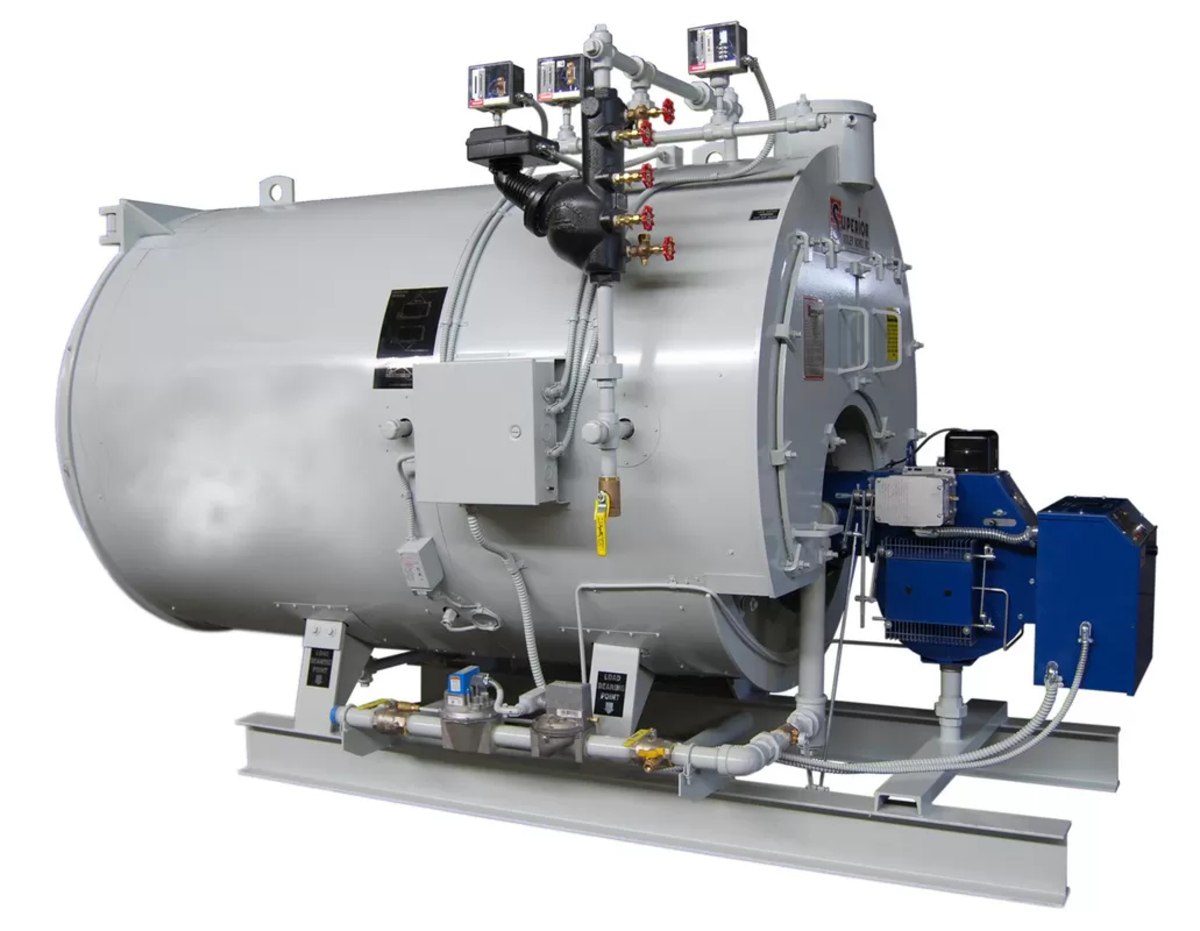
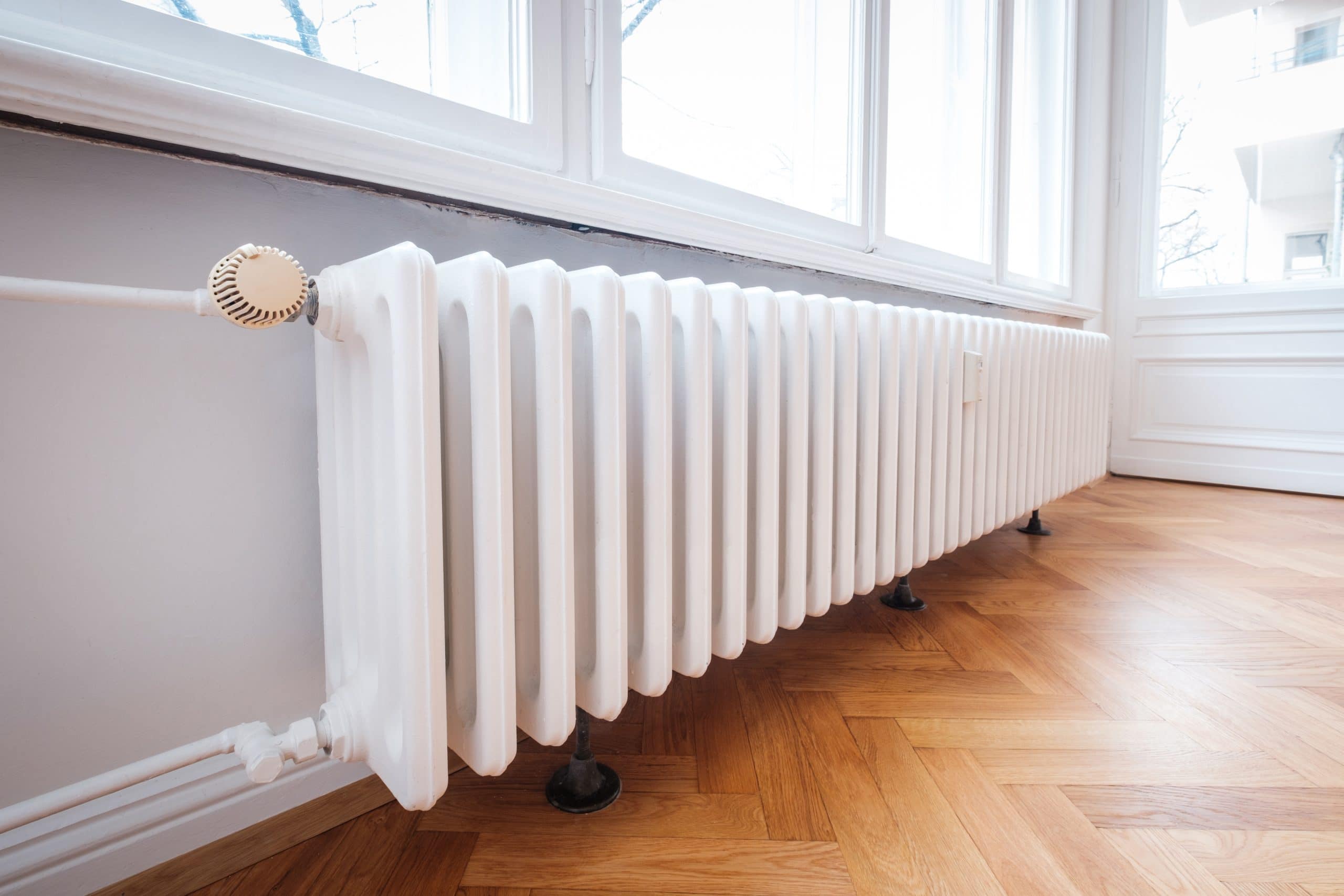

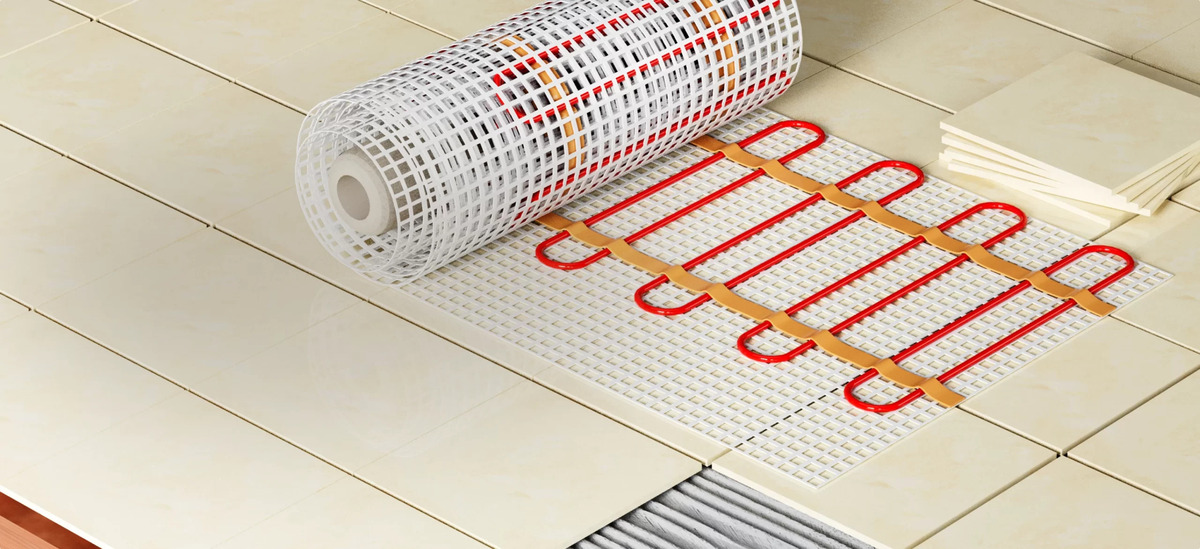
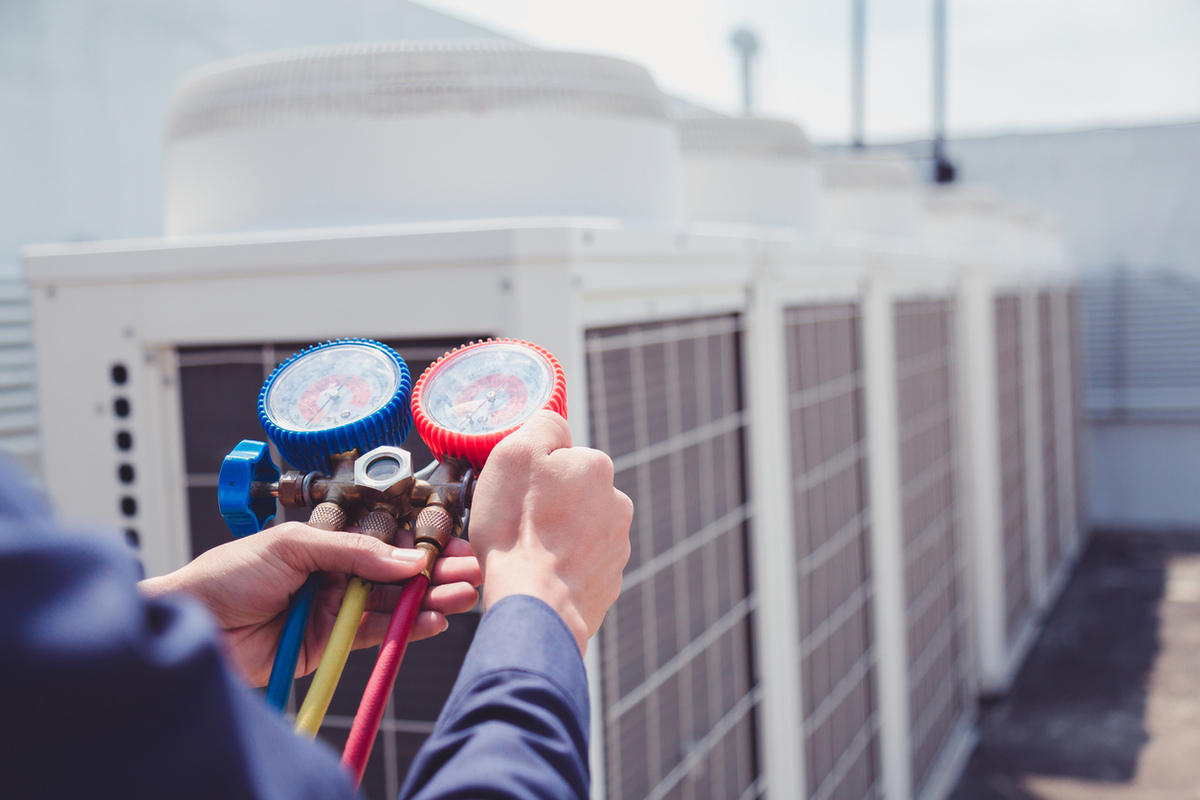
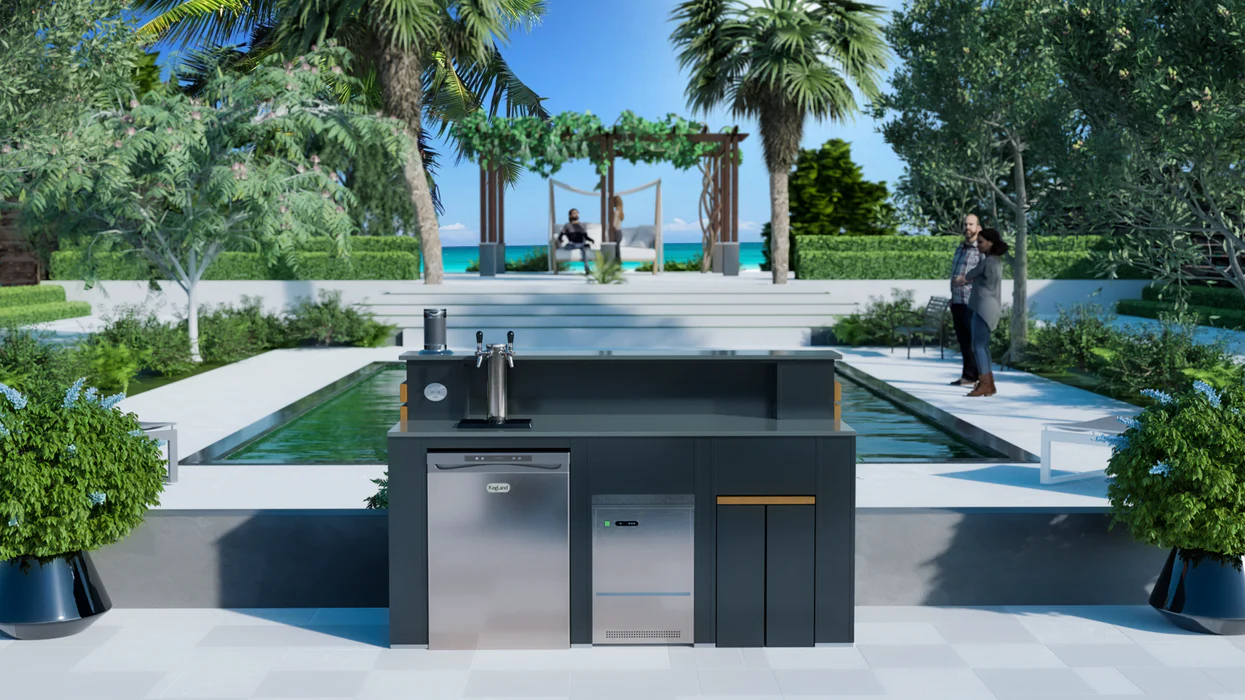
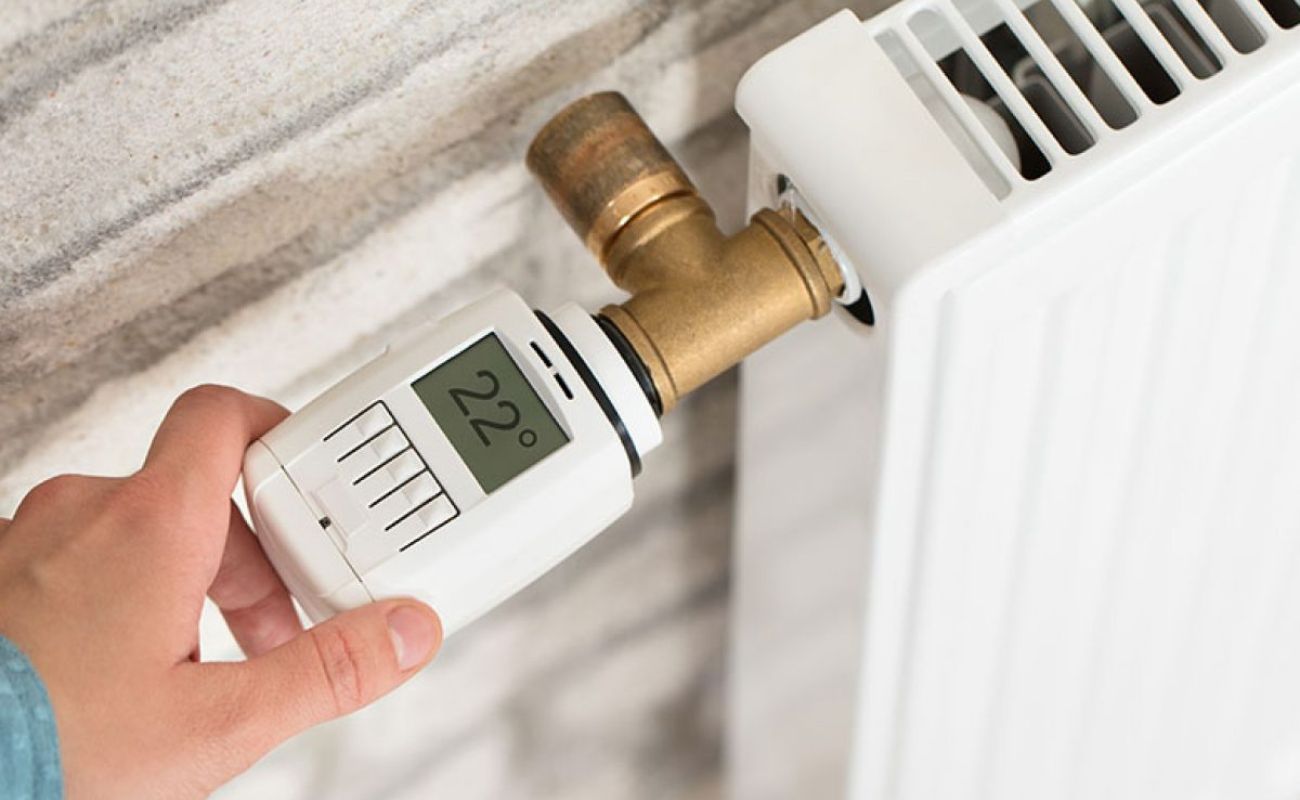

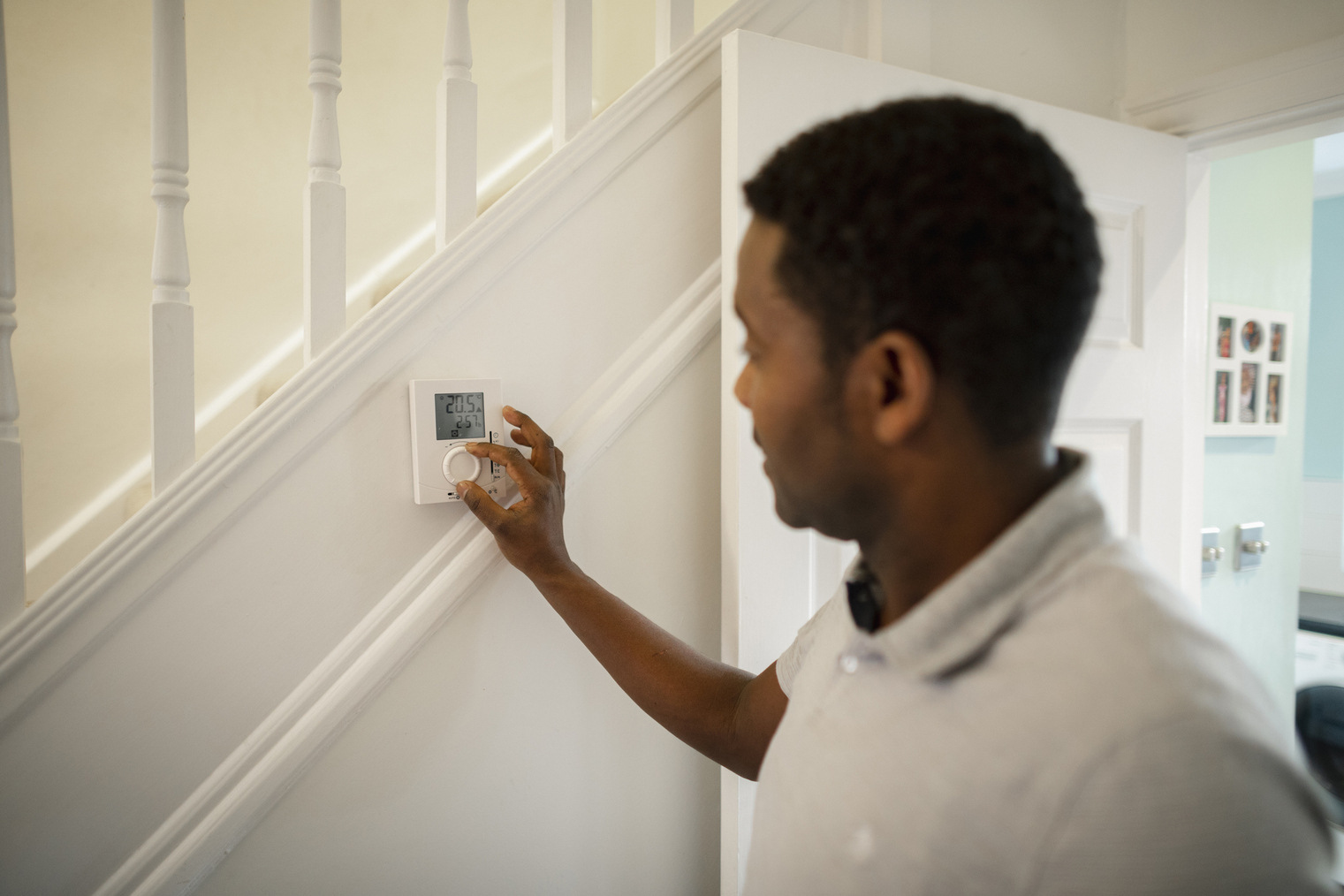

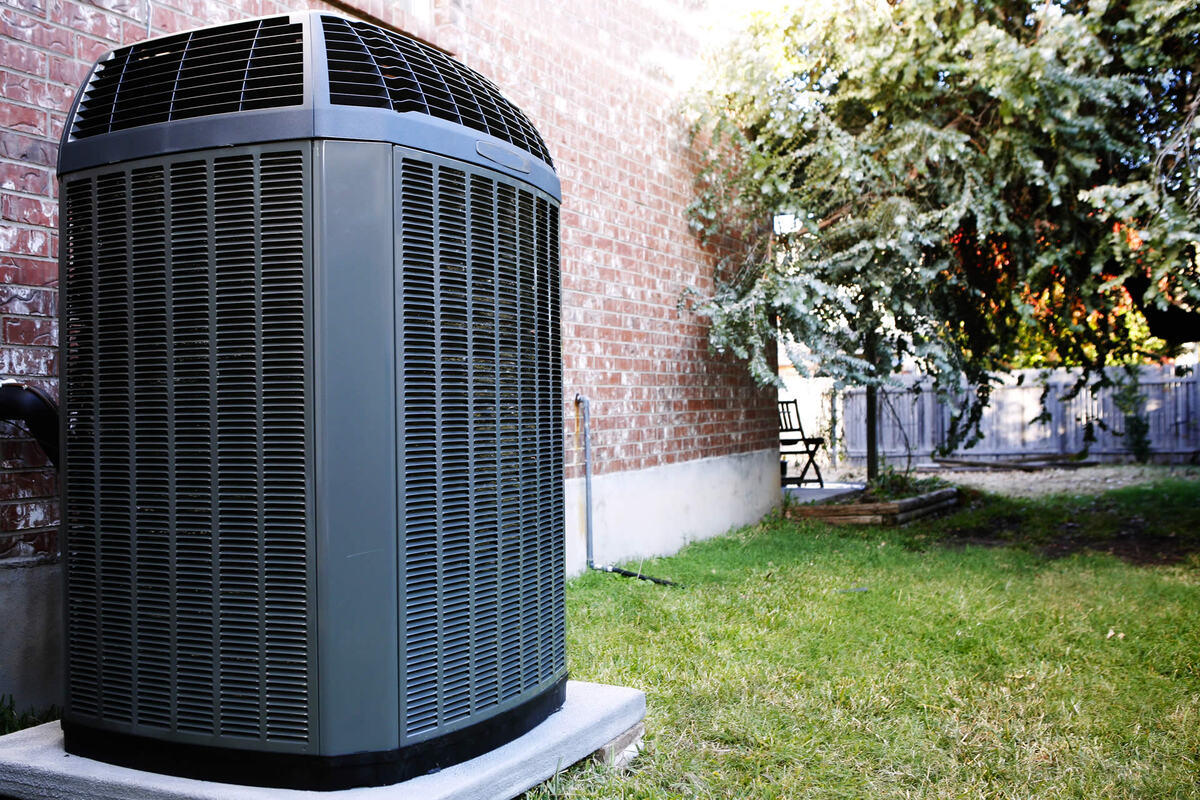
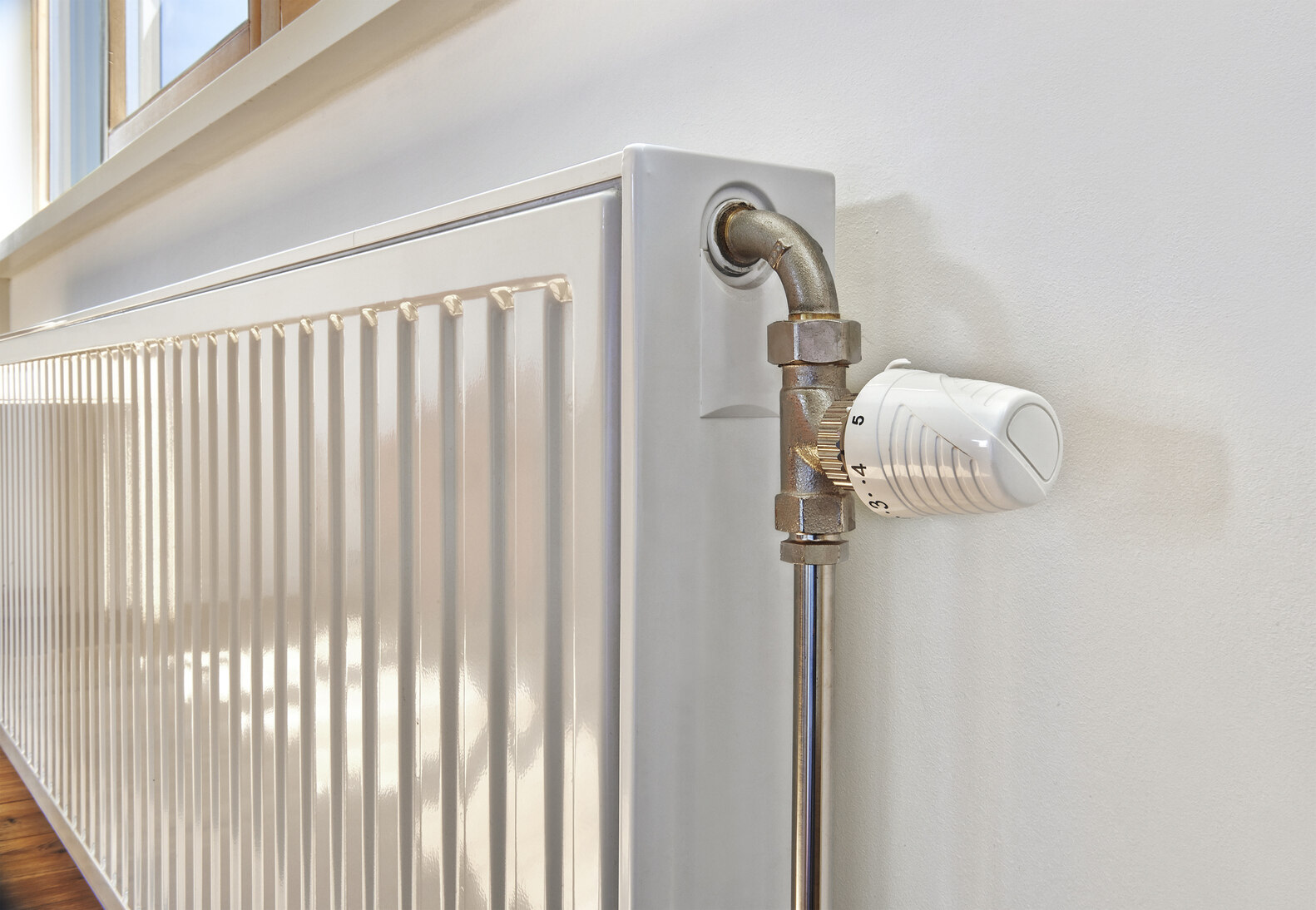
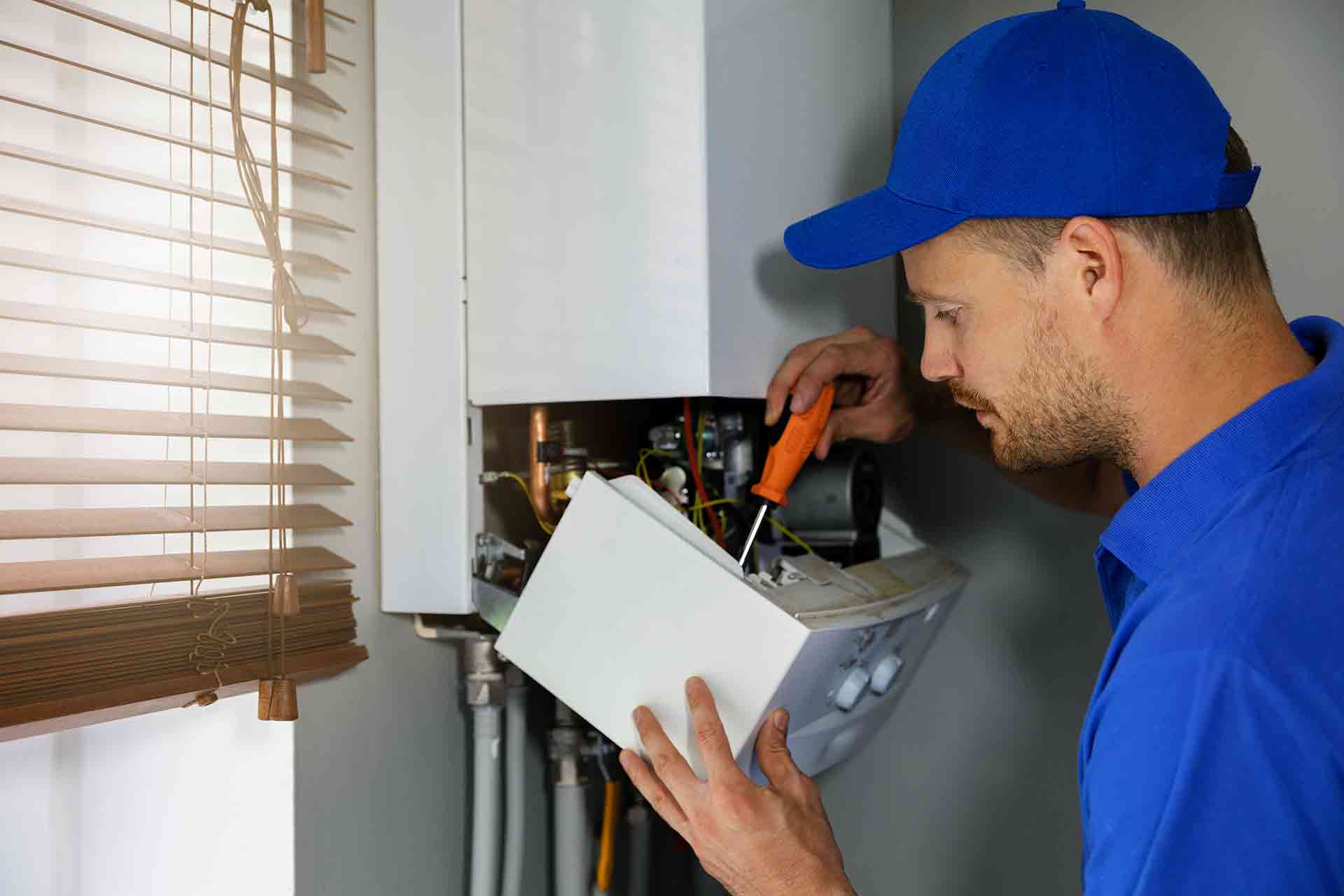

0 thoughts on “What Temperature Should Central Heating Boiler Be Set”